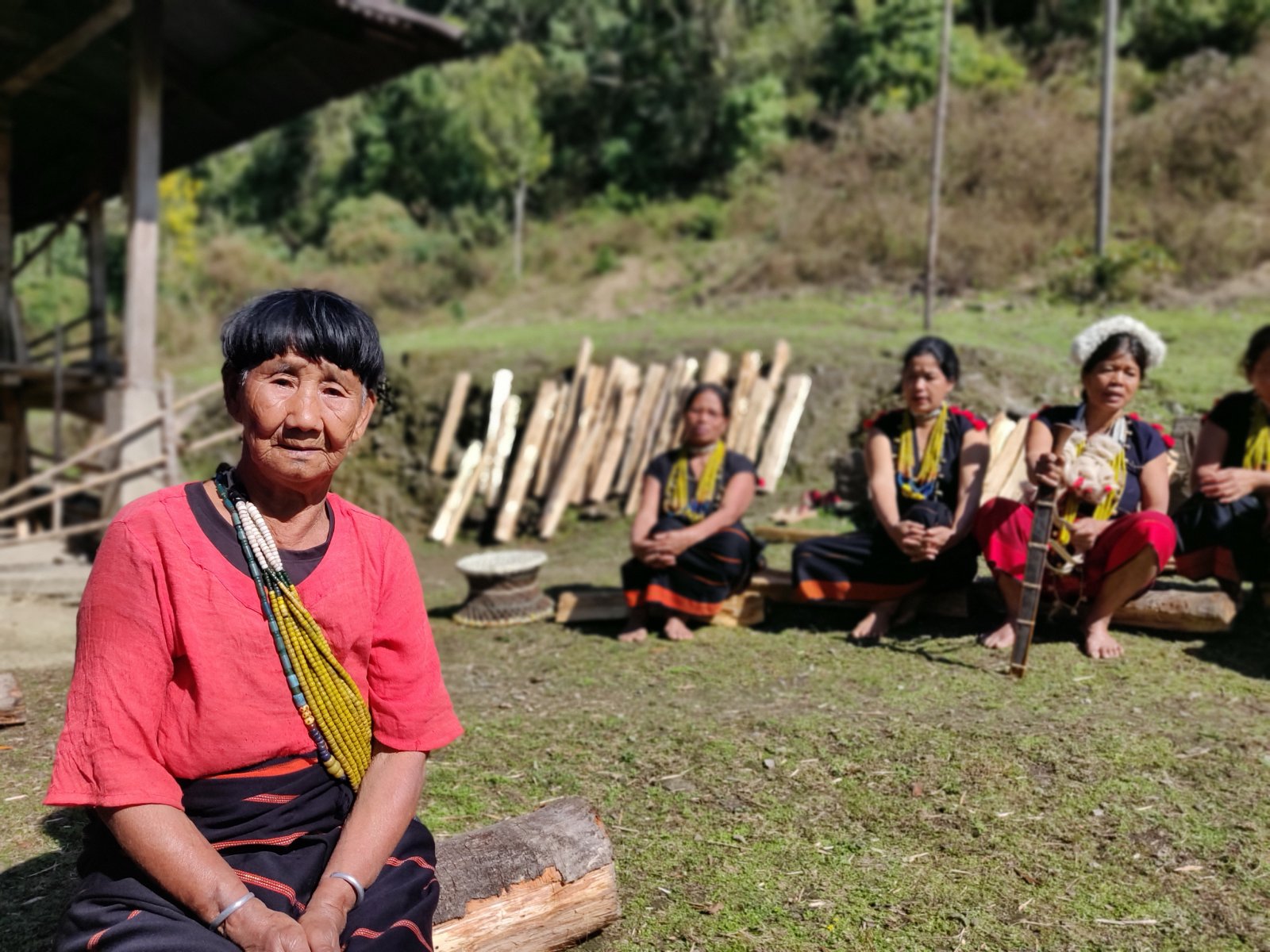
Themes
tribal artefacts
Material Used in Winnowing Fan , arunachal pradesh
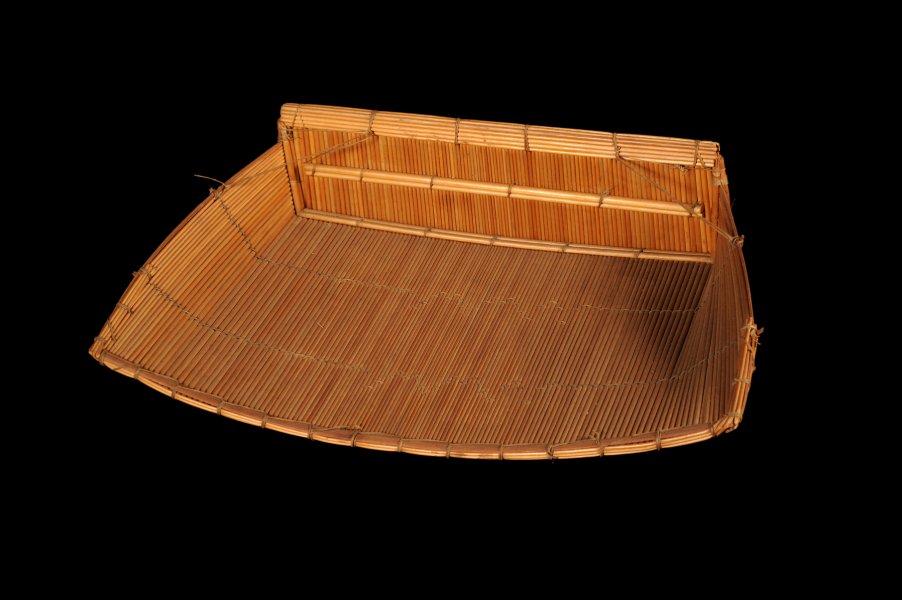
This is a wooden and caned winnowing fan; the whole collection shows a bamboo group which is very available in the forests of Arunachal Pradesh. Very strong and elastic, bamboo and cane are well suited to fabricate several durable domestic articles. Adi Tribe has been known to use these lightweight yet incredibly strong fans that withstand heavy daily ministration while reflecting traditional craftsmanship.
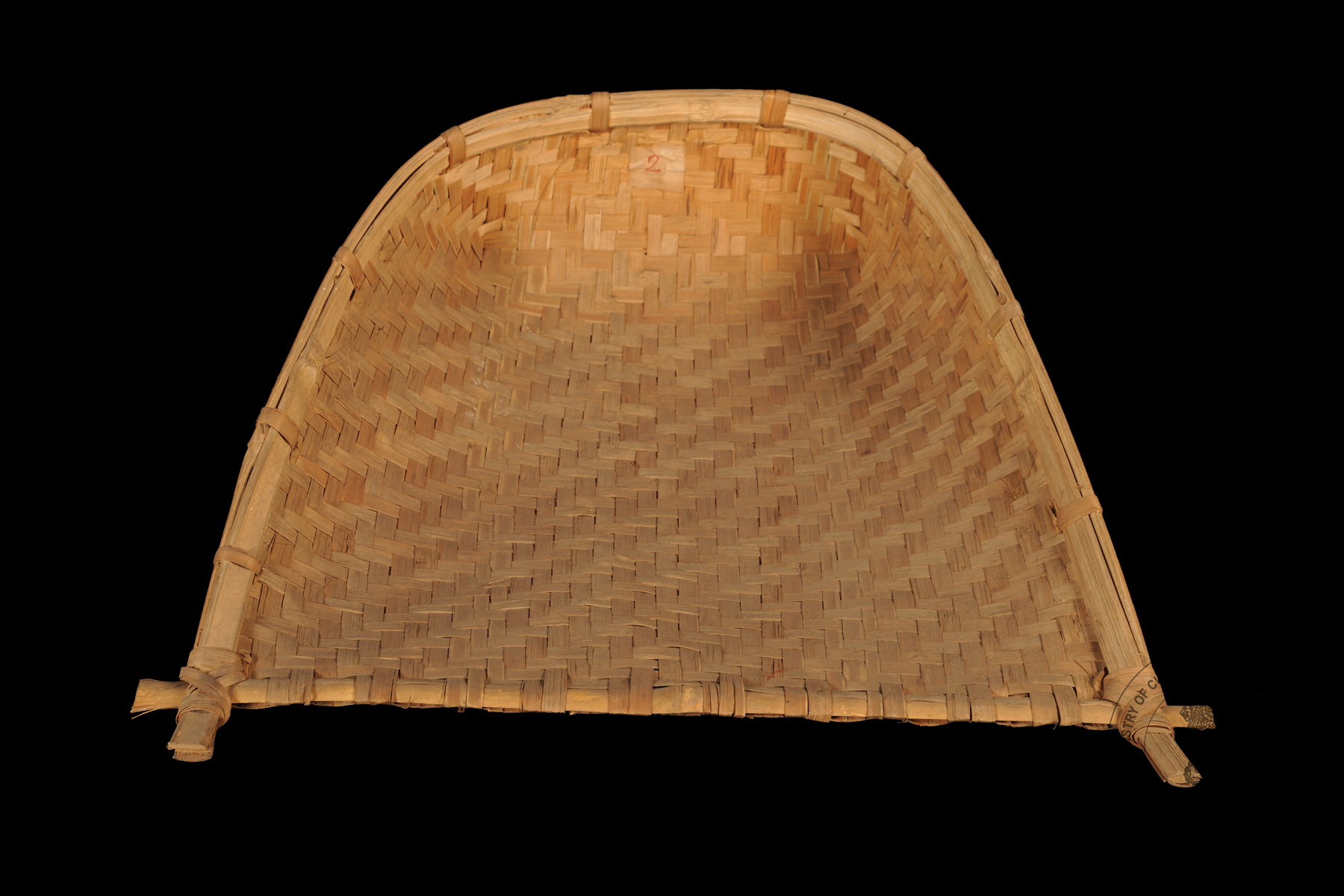
Winnowing Fan is a ubiquitous product produced by itself by Adi Tribe members of Arunachal Pradesh, India. The fan is known for its strength and intricacy in design and abstains from being an important part of the lives of the Adi people in their day-to-day. The fan, made well-tailored of "cane and bamboo", reflects the monopoly of the Adi in respect to the use deep artistry of bamboo and traditional working tools.
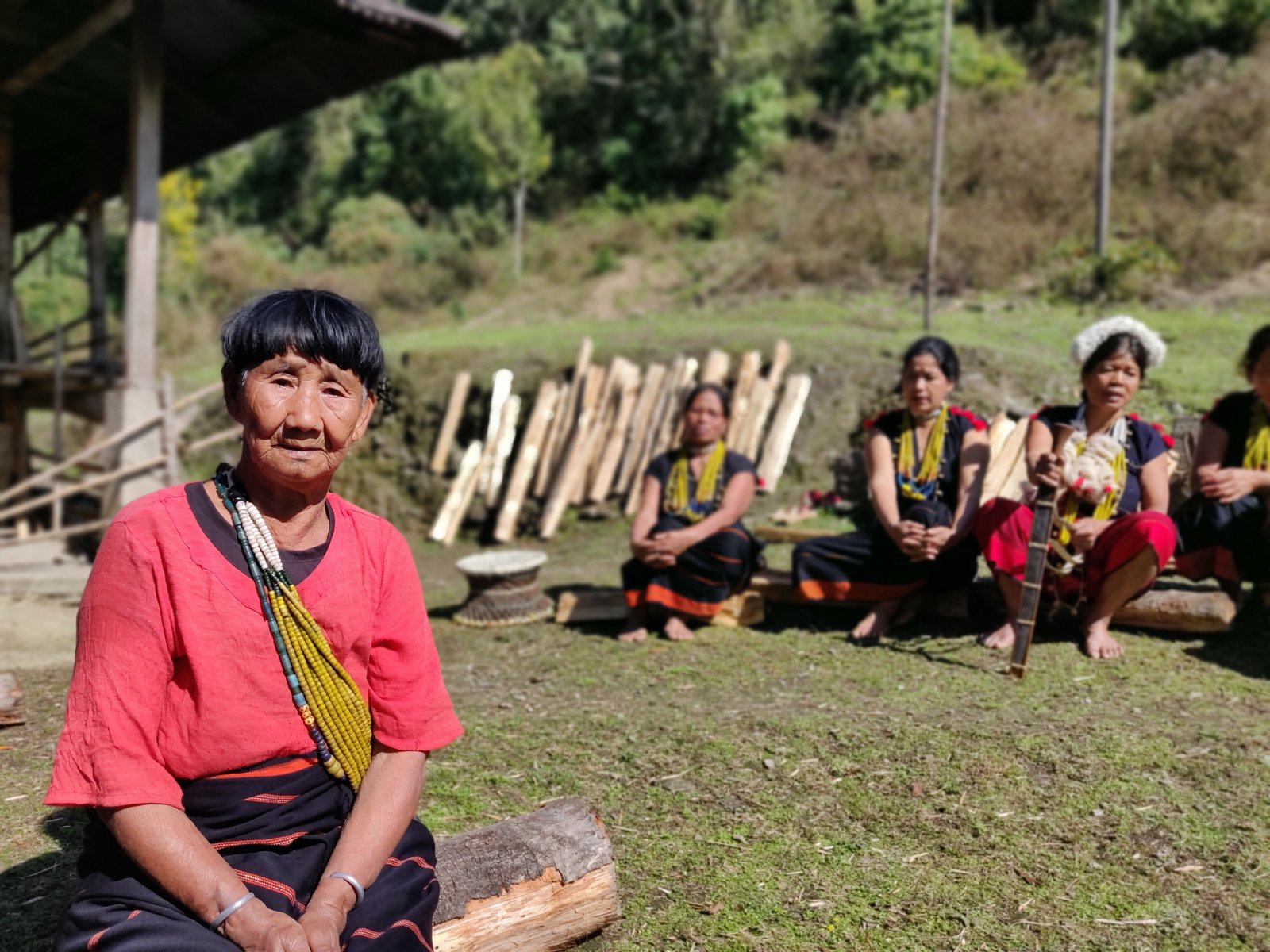
The Adi tribe forms an indigenous community which primarily inhabits the Siang District of Arunachal Pradesh. They excel in the production of handicrafts from bamboo. The Adis use nature's resources in their daily life activities. Their handiwork in producing items based on bamboo and cane signifies their strong affinity to nature by utilising these easily available materials to create things that serve both functions and beauty.
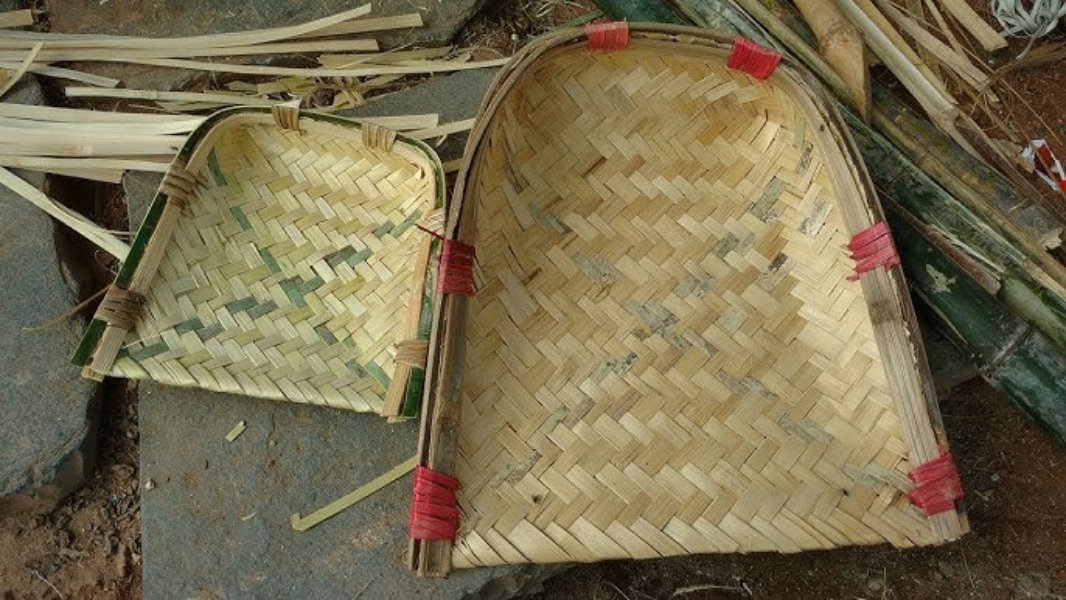
The Winnowing Fan is the traditional tool for cleaning rice, being one of the food crops of the Adi people. The grains are thrown and tossed about, whereupon the impurities: husks, dust, etc., are carried away by the fan from the clean, consumable rice. Thus, the winnowing fan is a pointer to the importance of ensuring food quality, making it one of the essential parts of meal preparation in Adi homes.
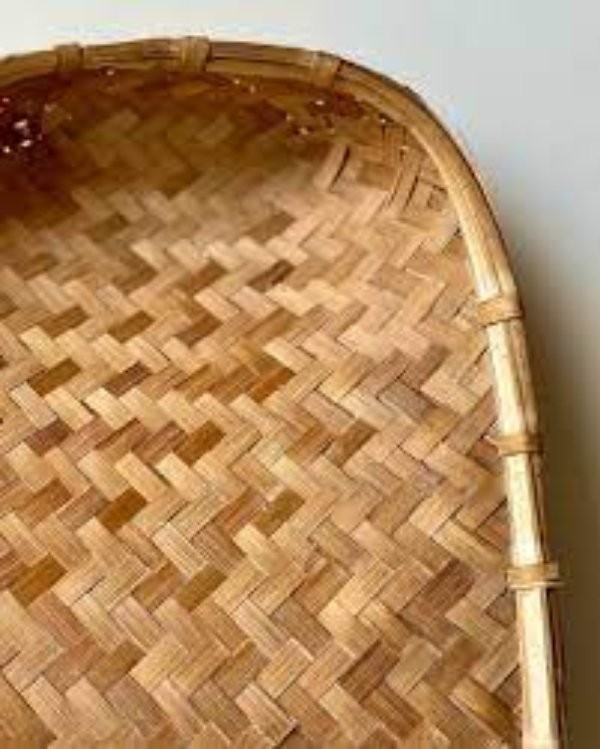
This is an instrument that is culturally significant and a symbol of the agrarian element of self-sufficiency among the Adi people. Beyond its utility, the fan may be a symbol of age-old traditional craftsmanship handed down through generations. It serves to affirm the identity of both the Adi Tribe and its people with their land, resources, and cultural heritage, which hints at an eternal bond with their ancestors and traditional ways.

